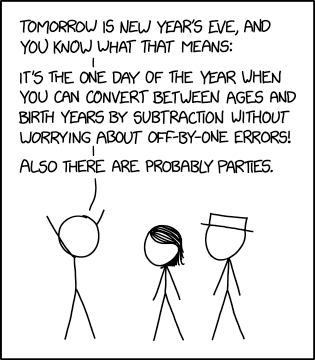The importance of archeology for historical linguistics
The last two comments, here and here, to this post ("Once more on Sinitic *mraɣ and Celtic and Germanic *marko for 'horse'" (4/28/20), like hundreds of others that have been posted on Language Log over the years, show how linguists need to at least think about the significance of archeological findings for their deliberations. It would be folly to completely ignore evidence from archeology when attempting to clarify the development of language. Indeed, archeological materials that are securely dated and identified with regard to culture type provide a benchmark for historical linguistic research.
Read the rest of this entry »
